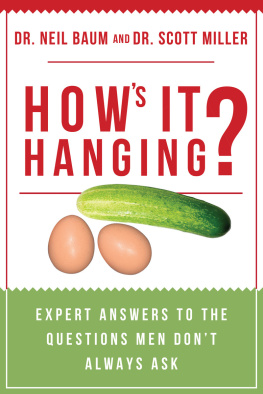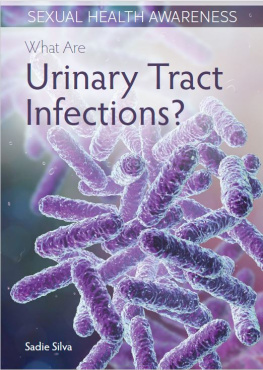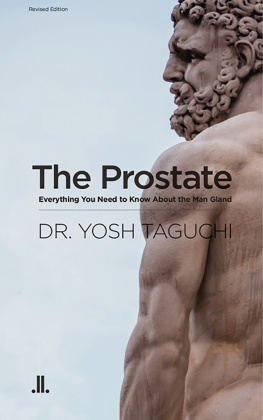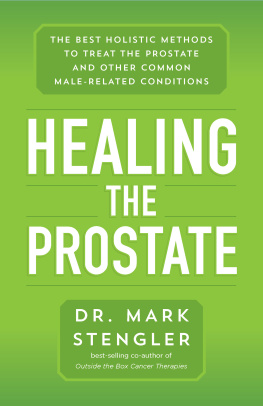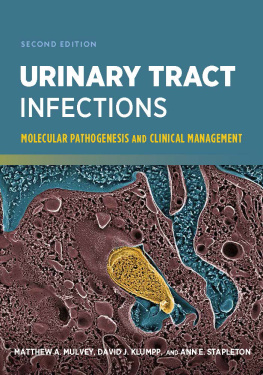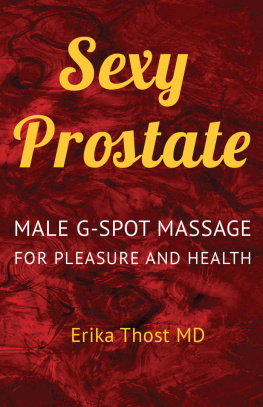

Copyright 2018 by Dr. Neil Baum and Dr. Scott Miller
All rights reserved. No part of this book may be reproduced in any manner without the express written consent of the publisher, except in the case of brief excerpts in critical reviews or articles. All inquiries should be addressed to Skyhorse Publishing, 307 West 36th Street, 11th Floor, New York, NY 10018.
Skyhorse Publishing books may be purchased in bulk at special discounts for sales promotion, corporate gifts, fund-raising, or educational purposes. Special editions can also be created to specifications. For details, contact the Special Sales Department, Skyhorse Publishing, 307 West 36th Street, 11th Floor, New York, NY 10018 or .
Skyhorse and Skyhorse Publishing are registered trademarks of Skyhorse Publishing, Inc., a Delaware corporation.
Visit our website at www.skyhorsepublishing.com .
10 9 8 7 6 5 4 3 2 1
Library of Congress Cataloging-in-Publication Data is available on file.
Cover design by Rain Saukas
ISBN: 978-1-5107-2827-1
Ebook ISBN: 978-1-5107-2828-8
Printed in the United States of America
Contents
Chapter 1:
Anatomy and Physiology Down There
Chapter 2:
Benign Prostate ConditionsWhen That Walnut is Acting a Little Nutty
Chapter 3:
Prostate CancerFingering the Little Culprit
Chapter 4:
Erectile Dysfunction/ImpotenceWhen Mr. Happy Goes to Sleep, or Developing a Weapon of Mass Destruction
Chapter 5:
EJD or Ejaculatory DysfunctionThe Other Major Sex Problem, Hold on, Im Cummin!
Chapter 6:
VasectomyThe Prime Cut
Chapter 7:
Battling Low TestosteroneWhen the Grapes Turn to Raisins
Chapter 8:
Problems in the PouchWhen the Family Jewels Dont Shine
Chapter 9:
Osteoporosis in MenWe Dont Like Soft Bones
contributed by Mindi S. Miller, PharmD, BCPS
Chapter 10:
When Theres a Pain in the Pelvis That Wont Go AwayWhen It Really Hurts Down There
Chapter 11:
Incontinence: DiapersYou Dont Have to Depend on DependsTM
Chapter 12:
Sexually Transmitted InfectionsAn Ouch in The Crouch
Chapter 13:
Diet and Nutritional Supplements for Down There Health
contributed by Mindi S. Miller, PharmD, BCPS
Chapter 14:
Useful Resources
Introduction
For the past two decades, women have outlived their male counterparts by nearly five years. This has been an enigma to both of us, who have nearly sixty years of combined experience taking care of men. We have used this statistic as our motivation for writing this book: to help men live as long as women.
There have been many explanations for why women live longer than men. First of all, women continue to have medical care after they graduate from the pediatrician to the obstetrician/gynecologist during their reproductive years. They are advised to get regular Pap smears for cervical cancer and regular mammograms to check for breast cancer. Men, on the other hand, will seldom see a physician between their teenage years until they reach middle age, around age fifty. Historically, men have an attitude of if it aint broke, dont fix it! There is often a reluctance among men to go to their doctors for routine medical examinations, wellness checks, or for emotional challenges. Men often talk about spending more time caring for their cars or planning for a vacation than looking after their health. Men often place work before health care needs as well. We want this book to serve as a guideline for men to give them information and knowledge about their health and how to address and overcome their unique health care problems. Making men more aware of their health is one of our primary motivations for writing this book.
Unfortunately, men lack awareness of and understanding about their health care needs. Men are also historically reluctant to seek health care in a timely fashion and may have a decreased ability to communicate their feelings and emotions. Men are also more likely to make risky lifestyle choices. For example, 40 percent of men smoke compared to 25 percent of women. Men also consume more alcohol than women, are twice as like to be overweight as women, and represent the majority of drug addicts. Society appears to take a passive attitude when our celebrity icons succumb to a tragic death from lifestyles associated with sex, drugs, and rock and roll. Recent examples include Jimi Hendrix, James Dean, Robin Williams, and Otis Redding, just to name a few.
Men also suffer from unique cancers, including prostate and testicular cancers. Prostate cancer is the second most common cause of cancer death in men, resulting in thirty thousand deaths in the U.S. each year, and rising steadily. It is the hope that this book will motivate men to have annual testing for prostate cancer.
Testicular tumors have a peak incidence around age thirty and are the most common tumors in men between ages twenty-four to thirty-four years. As with prostate cancer, early diagnosis is essential, and with modern treatments, the mortality from testicular cancer continues to fall.
With the aging of the baby boomers, there will be millions of middle age and older men who will be impacted by male hormone testosterone deficiency, a counterpart but very rarely discussed and even more rarely understood life phase to menopause among women. This book will discuss the symptoms of andropause and what treatments are available to help nearly every man with testosterone deficiency.
Our goal is to offer men all the information that they need to make good decisions regarding their health. Perhaps after reading this book and taking action on our recommendations, we can narrow the longevity gap between men and women. We believe all men and women are created equal and men deserve to have the same life expectancy as women.
Dr. Scott Miller
Dr. Neil Baum
CHAPTER 1
Anatomy and Physiology Down There
Most men know very little about what is going on down there, how to keep things working, and when things are not quite right. Most men will direct their focus on the penis, with little attention paid to the sack hanging in the background. Lets begin our journey by exploring these treasured jewels and all of the related parts of the total package making up the male machine.
Penisthe Helmeted Soldier
The penis has several specialized parts, each with its own function. However, all of these parts work in concert to provide erections, to facilitate release of semen during ejaculation, and to allow passage of urine. The amazing male anatomy allows ejaculation and urination to use the same pipes and plumbing, but it is so beautifully organized that there is no mixing of urine and semen.
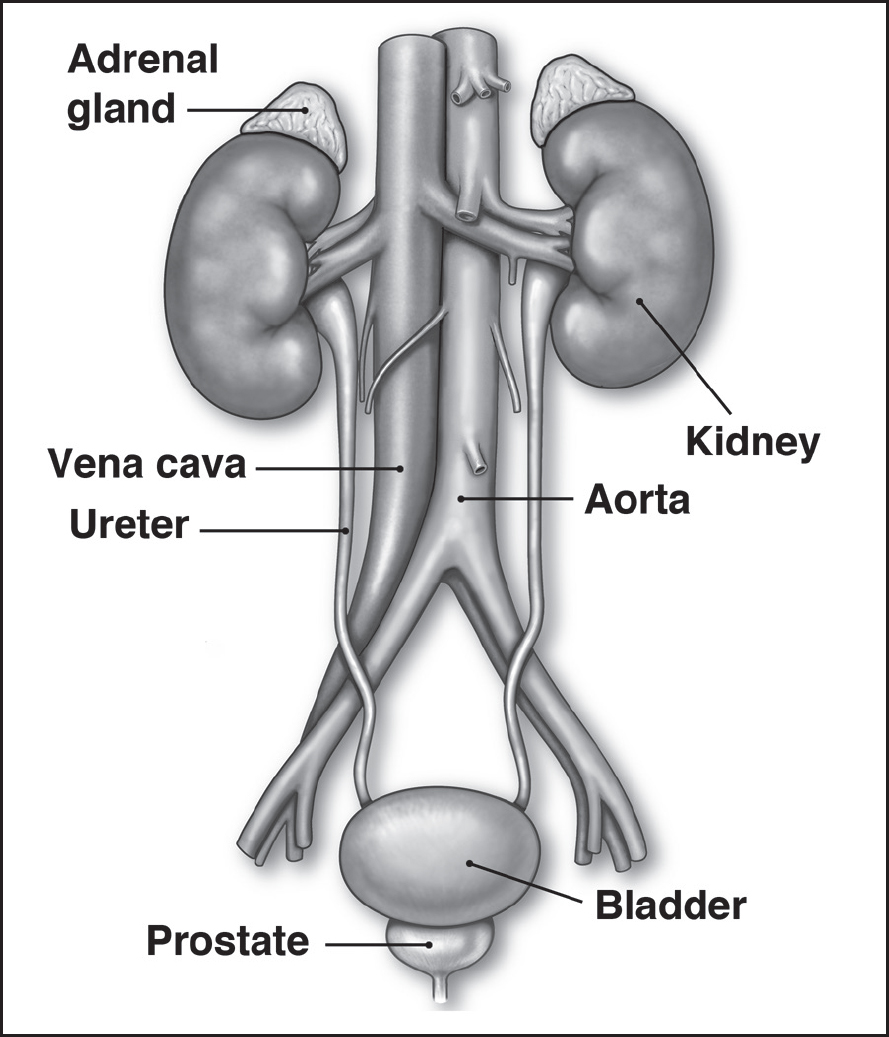
Figure 1: Male Parts (Boyter)
Urethra
The urethra is a tube or a pipe that provides a passageway for urine to exit the bladder. The male urethra has three sections. The first section, closest to the bladder, is the prostatic urethra. In this portion, the urine passes from the bladder through the middle of the prostate gland (discussed later in this chapter). The second section is the membranous urethra. This portion passes through the muscular pelvic floor and urinary sphincter muscle. The membranous urethra provides most of the urinary control in order to prevent leakage (incontinence). The final and longest section is the pendulous, or penile, urethra.
Next page
